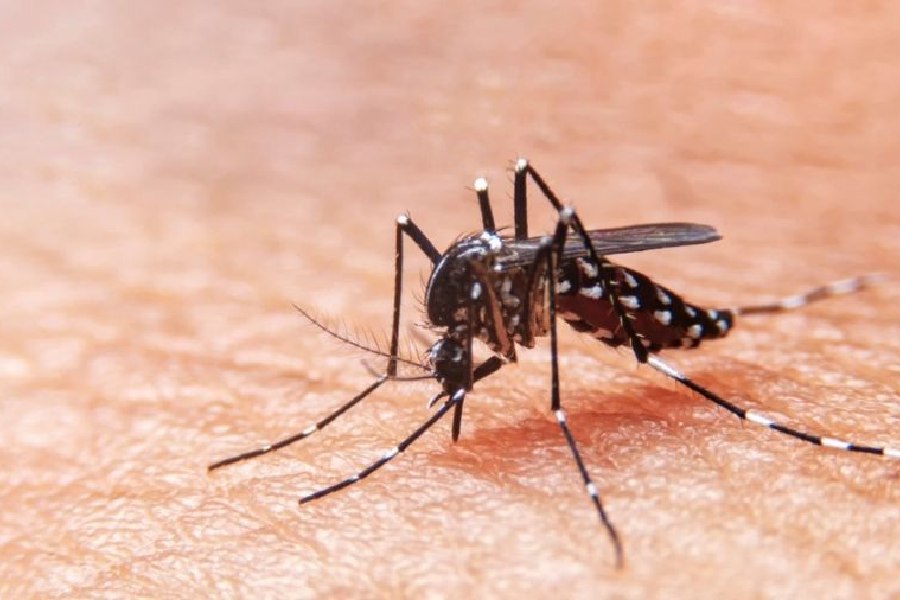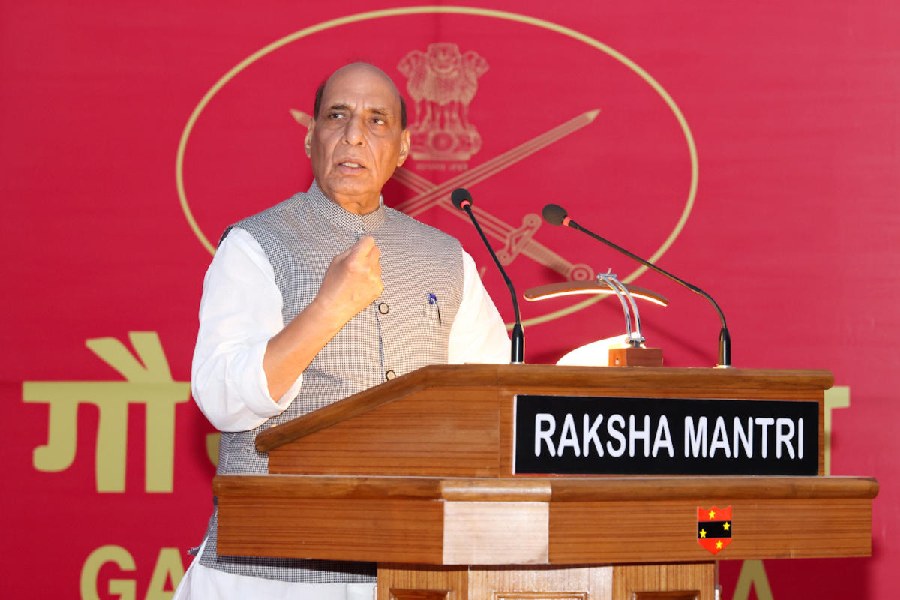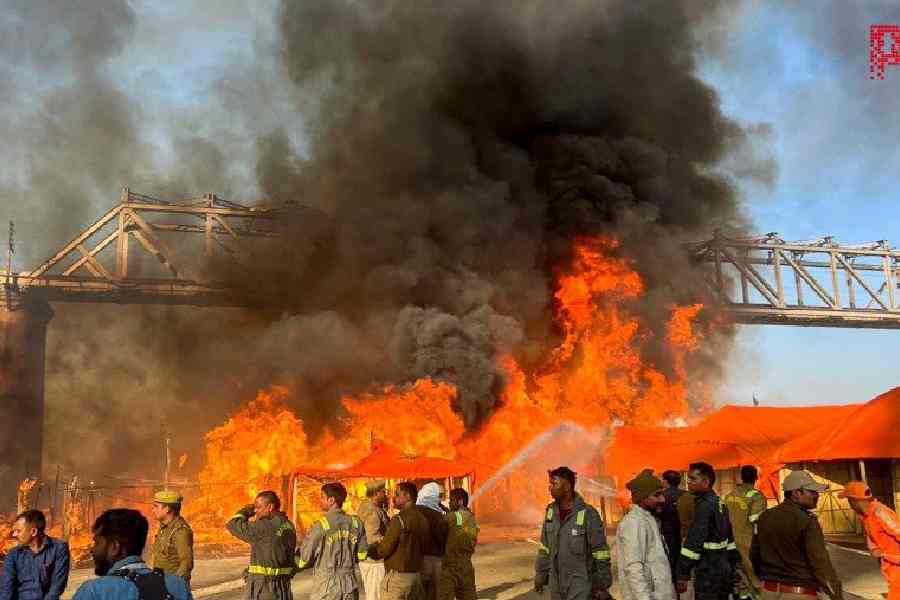The Bengal health department has instructed district magistrates and chief medical officers across the state to take multi-pronged measures to arrest the rise in the number of dengue cases in rural pockets, with a special focus on six districts where the situation is alarming.
Health secretary Narayan Swaroop Nigam, who held a meeting to review the situation in districts on Wednesday, asked the authorities to intensify cleanliness drives and conduct more tests for patients with dengue symptoms.
“The presentation during the meeting showed that 76 per cent of the total dengue cases are from rural areas. The trend of increasing dengue cases in rural areas started in 2022 and is likely to be the highest this time,” said a senior health official.
Although the state government didn’t officially provide the number of dengue cases, a source in the health department said since January this year, the cumulative number of patients had crossed 5,000 and increased in the past two weeks since the state witnessed a significant amount of rainfall.
In terms of numbers, dengue cases are highest in six districts — Murshidabad, Malda, Hooghly, North 24-Parganas, Howrah and Jalpaiguri.
While the total number of cases touched 400 in districts like Murshidabad, Malda and North 24-Parganas, an increasing trend has been witnessed in other south Bengal districts, including Calcutta.
On Tuesday night, Sohel Rana, a 19-year-old college student who was diagnosed with dengue, died at a private hospital in Murshidabad. Family members of Sohel, who was a resident of Samserganj’s Chachanda village, said the young student had been diagnosed with dengue on August 5 and was admitted to a hospital.
Tarif Hossain, the block medical officer of health in Samserganj, said the health department would conduct a probe to determine whether the death was the result of dengue.
The state urban development minister and Calcutta mayor, Firhad Hakim, will hold a meeting with the chiefs of all 125 civic bodies on Friday at Dhanadhanye Auditorium in Calcutta to discuss how the dengue situation can be tackled in urban pockets.
“The reason for our headache is rural areas, which lack a proper drainage system and day-to-day cleanliness drives. The state health department has already involved the rural development department to conduct cleanliness drives and house visits to find persons with fever,” said a health official.
A public health official said the rise in dengue cases was because of unplanned construction, particularly in semi-urban pockets which had been rapidly witnessing urbanisation.
“Pockets adjacent to urban areas are the main cause of the rise in dengue cases. These pockets are getting urbanised following the construction of buildings without proper planning and drainage systems,” said an official.











